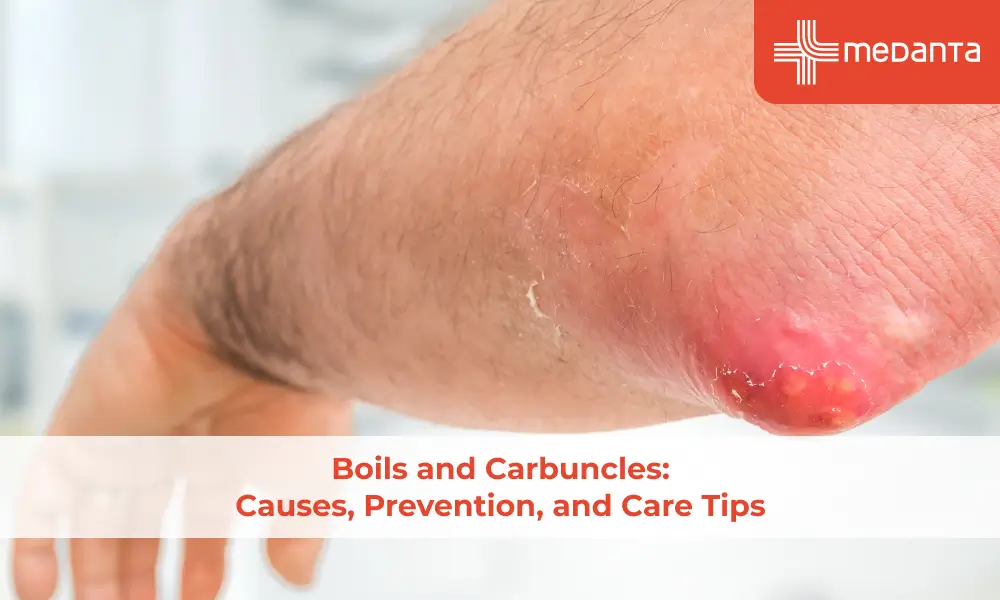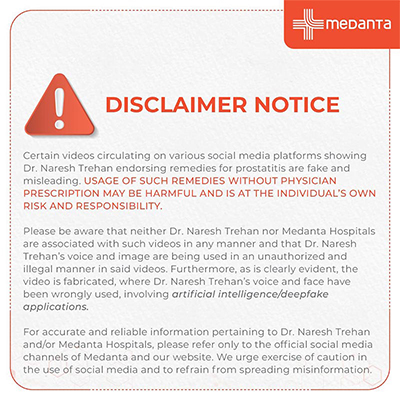Roadside Emergency: Life-Saving Tips You Need to Know

TABLE OF CONTENTS
Life-saving tips about roadside emergencies could protect you on dangerous roads. The Centres for Disease Control and Prevention reported that motor vehicle crashes claim many lives daily globally. If you know the right steps to take, you'll feel more confident at the time of a breakdown or accident.
Roadside assistance makes emergency situations less daunting, particularly on unknown routes or when darkness falls. Bad weather becomes more manageable, too. Your vehicle should contain crucial items that safety experts recommend. A first aid kit, water, jumper cables, and blankets top the list.
This article outlines crucial road safety tips and emergency techniques that help protect you during unexpected events. The practical advice covers everything from creating the right emergency kit to taking smart actions that save lives. These strategies will prepare you to handle almost any roadside situation effectively.
Build Your Roadside Emergency Kit the Right Way
A well-equipped emergency kit might save your life during a roadside crisis. Unexpected car breakdowns can leave you stranded in dangerous situations. You need careful planning and regular maintenance to create an effective roadside emergency kit.
Your vehicle needs an emergency supply kit in the boot. The kit's contents should be checked every six months, and expired items need replacement. Here are the vital categories your emergency kit should include:
Vehicle repair essentials: Your kit needs a properly inflated spare tyre (check pressure every six months), a wheel wrench, and a tripod jack. Jumper cables (at least 12 feet), a tyre pressure gauge, and a tyre inflator will help with quick fixes. A small tool kit with screwdrivers and pliers makes simple repairs possible.
Safety and visibility items: Reflective triangles, LED road flares, and a reflective vest will make you visible to other drivers at night. A bright flashlight with extra batteries will help you see and signal for help.
First aid supplies: The kit should contain adhesive bandages, elastic bandages, antibiotic ointment, antiseptic wipes, gauze pads, gloves, pain relievers, scissors, and tweezers. These supplies will help you manage everything from minor cuts to serious injuries while waiting for help.
Survival necessities: Bottled water (replace yearly) and non-perishable food like energy bars. Blankets, rain ponchos, and season-appropriate clothing are essential. Winter driving requires ice scrapers, small shovels, and cat litter for snow traction.
Communication tools: A car phone charger or portable power bank will keep your mobile phone charged. Your phone should have emergency contacts programmed in and a written backup list.
A heavy-duty nylon bag or container keeps everything organised and available. The best kit serves multiple purposes - it helps with vehicle repairs, provides visibility, offers first aid, and supports your survival needs until help arrives.
Smart Actions to Take During an Emergency
Your actions during roadside emergencies can mean the difference between life and death. Quick thinking and the correct response will substantially improve your chances of staying safe.
Stay Calm and Assess the Situation
Your first reaction to car trouble might be panic. Staying level-headed is vital since panic leads to poor decisions. Take a deep breath and assess what's happening before you act.
Pull Over Safely
The moment you notice trouble, switch on your hazard lights to alert other drivers. Move your vehicle to the left shoulder, where you'll have more space away from traffic. The right side puts you between opposing traffic flows, so avoid it. A parking lot or the nearest exit is better than stopping on a busy road.
Make Yourself Visible
After stopping:
Keep hazard lights on
Switch on the interior dome light in the darkness
Lift your hood to signal distress
Place warning triangles 45 metres behind your vehicle on regular roads (100 metres on highways) only after ensuring you're safely off the road
Stay or Exit - Choose Wisely
Your vehicle offers the best protection, especially when you have busy roads or highways nearby. Inside the car:
Keep your seatbelt on
Lock all doors
Face forward so airbags can protect you if hit from behind
The passenger door is safer if traffic flows past your driver's side. Move away from the road and find protection behind guardrails or barriers.
Handle Specific Hazards Appropriately
Power lines falling on your car require you to stay inside until experts remove them. Water just six inches deep can make you to lose control, so avoid flooded areas. Slippery roads need extra care—turn off cruise control to prevent wheel spin during traction loss.
Exercise Caution with Strangers
Strangers might stop to help. Lower your window just enough to talk and trust your instincts before accepting help. Professional assistance is safer than help from unknown people.
Protect Yourself Until Help Arrives
Your first priority is staying safe. The next vital step is to protect yourself while you wait for help. This waiting period brings its own risks that need your attention.
Communicating Effectively for Help
Once you're safe, call roadside assistance. Be ready to tell them:
Your exact location (look for landmarks, road signs, or buildings)
Number of passengers
Vehicle type
What's wrong with your car
Any safety concerns
Save your phone battery after calling so rescue services can reach you.
Staying Alert and Visible
Being visible is vital while you wait:
Keep your hazard lights flashing if you're in the car
Put on reflective clothing if you have it
Hang something white or bright from your window that moves to catch the attention
Watch your surroundings carefully
Handling Special Situations
If you have children or pets with you:
Keep calm and comfort them
Make sure pets are safely secured
Let roadside services know it's urgent
Keep the car at a good temperature
Don't try to fix your car on busy roads—leave that to the experts. If you feel unsafe, it also helps to politely turn down help from strangers. Just lock your doors and let them know help is coming.
Roadside emergencies require patience. Despite that, these life-saving tips will help keep you safe until professional help arrives.
Conclusion
Anyone can face roadside emergencies at any time. Good preparation can make the difference between panic and safety. The emergency kit serves as your first line of defence.
Quick thinking and smart actions during emergencies save lives. You should pull over safely, ensure visibility, and make an informed decision about staying in or exiting your vehicle. Your locked car generally provides the best protection.
Staying alert and visible is crucial while waiting for help. Keep your hazard lights on and avoid risky behaviour, such as attempting repairs on busy roads. Listen to your instincts when strangers offer help.
These life-saving tips will strengthen your ability to handle roadside challenges with confidence. Being prepared reduces panic and boosts your chances of survival during emergencies. Check your emergency supplies and review these safety procedures today. The life you save might be your own or someone you love.
FAQs
What essential items should I include in my roadside emergency kit?
A well-stocked emergency kit should contain a spare tyre, jumper cables, a first aid kit, reflective triangles, a torch with extra batteries, bottled water, non-perishable snacks, and a mobile phone charger. Remember to check and update your kit every six months.
Is it safer to stay in my car or exit during a roadside emergency? Generally, it's safer to remain inside your locked vehicle with your seatbelt fastened, especially on busy roads or motorways. Your car provides protection from traffic and weather. Only exit if it's necessary and safe to do so.
How can I make myself visible during a roadside emergency?
Turn on your hazard lights immediately, raise your bonnet, and use reflective triangles if safe to do so. If you have a reflective vest, wear it. At night, turn on your interior dome light to increase visibility.






